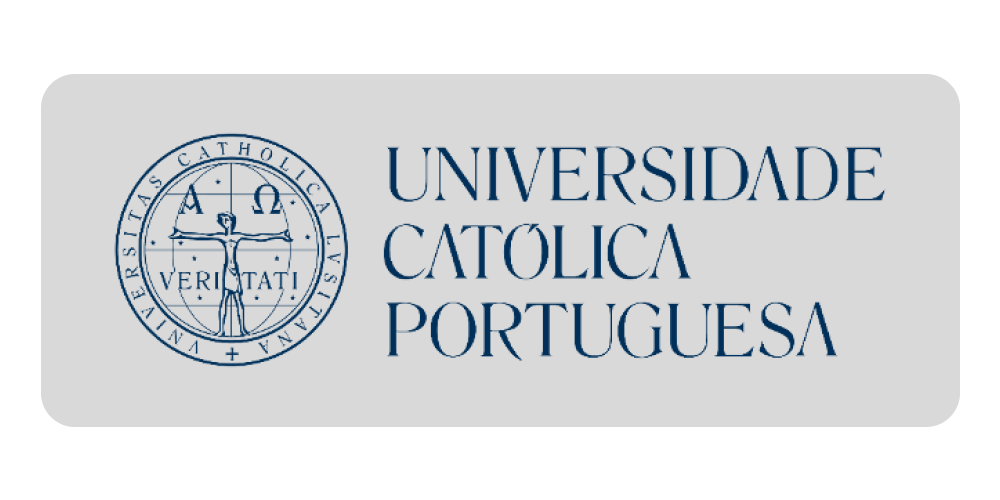'AcademicPres (EAP) Publishing House'
Variability of Soil Erosion Intensity Due to Vegetation Cover Changes: Case Study of Orahovacka Rijeka, Montenegro
2019
English
Vegetation cover change in all the river basins leads to the changes of hydrologic response, soil erosion and sediment dynamics characteristics. Those changes are often viewed as main cause of anthropogenic and accelerated erosion rates in short term and one of the main reasons of climate change in long term. The effects of vegetation cover changes on various parts of water balance and hydrological cycle has to be deeply studied because of its important role on mankind future. The aim of present research was therefore to simulate the responses of soil erosion processes by using a process-oriented soil erosion model IntErO, with the different settings of land use for the years 1977, 1987, 1997, 2006 (2007) and 2016 (2017) in Orahovacka Rijeka watershed; a pilot river basin of the Polimlje Region for the northeastern part of Montenegro. For the current state of land use, calculated peak discharge for the Orahovacka Rijeka was 174-175 m(3) s(-1) (the incidence of 100 years) and there is a possibility for large flood waves to appear in the studied basin. Real soil losses, Gyear, were calculated on 2614-2921 m(3) year(-1), specific 229-256 m(3) km(-2) year(-1) (1977-2017). The value of Z coefficient range from 0.444 to 0.478 and indicates that the river basin belongs to III destruction category. The strength of the erosion process is medium, and according to the erosion type, it is surface erosion. According to our analysis the land use changes in the last 40 years influenced the increase of the soil erosion intensity for 11% in the study watershed. Further studies should be focused on the detailed analysis of the land use changes trends with the other river basins at the national level, closely following responses of soil erosion to the changed land use structure. The results and approach also should be used by policymakers in all national natural resources organizations to highlight the role of management
'AcademicPres (EAP) Publishing House'
Variability of Soil Erosion Intensity Due to Vegetation Cover Changes: Case Study of Orahovacka Rijeka, Montenegro
Vegetation cover change in all the river basins leads to the changes of hydrologic response, soil erosion and sediment dynamics characteristics. Those changes are often viewed as main cause of anthropogenic and accelerated erosion rates in short term and one of the main reasons of climate change in long term. The effects of vegetation cover changes on various parts of water balance and hydrological cycle has to be deeply studied because of its important role on mankind future. The aim of present...
Preuzmite dokument
English
2019
 Tanaskovik, Vjekoslav
,
Kavian, Ataollah
,
Spalević, Velibor
,
Khaledi Darvishan, Abdulvahed
,
Skatarić, Goran
,
Curović, Milic
,
Nikolić, Gojko
,
Pajić, Miloš
Tanaskovik, Vjekoslav
,
Kavian, Ataollah
,
Spalević, Velibor
,
Khaledi Darvishan, Abdulvahed
,
Skatarić, Goran
,
Curović, Milic
,
Nikolić, Gojko
,
Pajić, Miloš






